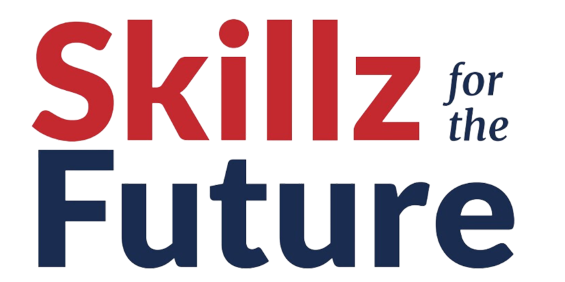Embarking on a research endeavour, whether as a student pursuing a degree or a professional seeking insights, is a journey that demands a nuanced understanding of research methods. This journey extends beyond the realms of academic pursuits, permeating into various facets of our lives, from simple job tasks to voluntary roles. In essence, research methods are versatile tools that empower individuals to unravel the complexities of their inquiries.
This article serves as a gateway, introducing fundamental principles of research design and shedding light on the interconnected elements that shape the research landscape. From ontology to methodology, and from epistemology to specific methods and techniques, each component plays a vital role in crafting a coherent and effective research design.
The Pillars of Research Design
According to renowned management researchers Easterby-Smith, Thorpe, and Jackson, the foundation of research design rests on four distinct yet closely related features:
Ontology: This delves into how researchers perceive the world and the assumptions they hold about the nature of reality.
Epistemology: This explores the assumptions about the best methods for investigating the world and understanding reality.
Methodology: This involves grouping research techniques to create a cohesive framework.
Methods and Techniques: These are the actual steps taken to collect data and conduct investigations.
Much like the rings of a tree trunk, these components intertwine, with methods being the outermost and most visible. To craft a viable research design, all four elements must be coherent and consistent.
Understanding the Underlying Philosophy
The choice of research methods is deeply influenced by the underlying philosophy, which falls into four main schools of ontology – how reality is constructed:
Realism: Views the world as ‘real,’ and science proceeds by examining and observing it.
Internal Realism: Acknowledges the real world but considers it almost impossible to examine directly.
Relativism: Posits that scientific laws are created by people to fit their view of reality, allowing for multiple truths.
Nominalism: Believes reality is entirely created by people, and there is no external ‘truth.’
Each philosophy has implications for research methods. For instance, a realist seeks to ‘uncover the truth,’ while a relativist explores different perspectives of the truth. Within social sciences, epistemological approaches, specifically positivism and social constructionism, further shape the researcher’s methodology based on their worldview.
Quantitative vs. Qualitative Research Designs
Quantitative research, focusing on numerical data collection, aims to gather insights from large populations. This involves decisions on sampling and sample design, employing methods such as surveys and observational studies. On the other hand, qualitative research delves into human behaviour, utilising methods like interviews and focus groups to explore topics in-depth. The choice between quantitative and qualitative approaches aligns with the researcher’s ontological and epistemological stance.
Data Sources and Analysis
The tapestry of research extends to data sources and analysis. Primary data, collected by the researcher, includes surveys and interviews, offering intrinsic value to the study. Secondary data, published by others, requires researchers to generate new insights. The role of the researcher, whether involved or detached, further aligns with the chosen ontology and epistemology.
Crafting a Coherent Research Design
Designing a research study involves trade-offs, as each research tradition presents its strengths and weaknesses. The crux of research design lies in addressing specific research questions, ensuring that the methods chosen, along with their underlying philosophy, effectively contribute to the desired outcomes.
In the vast landscape of research, understanding these components empowers researchers to navigate with purpose. Whether uncovering numerical insights or exploring the intricacies of human behaviour, research methods serve as the compass guiding the pursuit of knowledge, enriching our understanding of the world.
